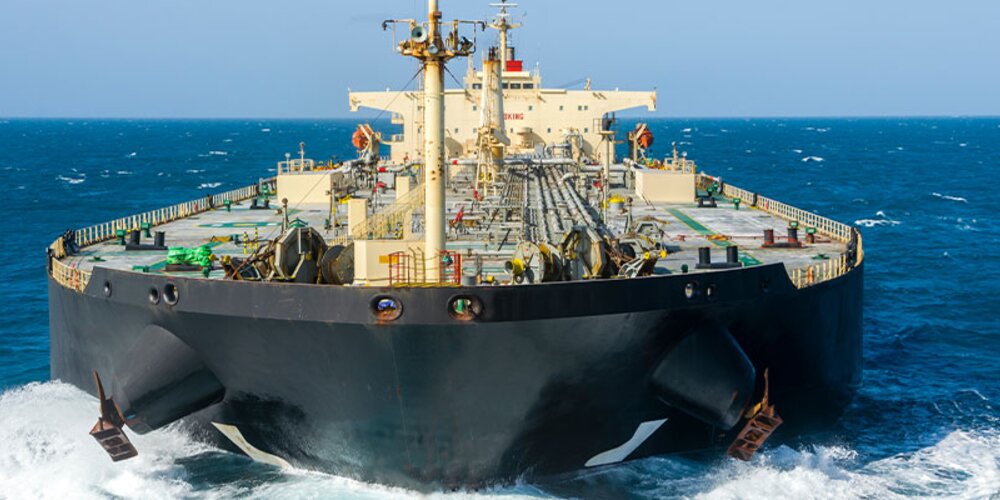Browse our services
Explore how Brookes Bell can help you
Find an expert
Meet our team, find and expert and connect
Contact us
Get in touch, we're here to help

Since the last revision of shipping’s go-to fuel quality standard ISO 8217 in 2017, the marine fuel landscape has been transformed. Now a new revision, the standard’s seventh edition since 1987, aims to support both fuel suppliers and buyers amid a growing diversity of fuel grades and ever more complex issues around how the quality of fuels should be specified.
There is good reason why the new revision published in May 2024 is likely to be “the most wide-ranging and impactful to date”, as Brookes Bell fuel specialist Michael Banning wrote in an article for West P&I Club. The IMO’s Global Sulphur Cap, enforced from 1 January 2020, was arguably the greatest shake-up of the bunker market of all time, resulting in swathes of vessels switching to low-sulphur fuels – including several entirely new formulations - almost overnight. Combined with the emergence of alternative fuels as shipping sets its sights on long-range decarbonisation targets, the marine fuel palette has never been more varied or more challenging.
The impact of the switch to Very Low Sulphur Fuel Oil (VLSFO), the most popular means of compliance with IMO’s new regime, is a case in point. VLSFO differs substantially from higher-sulphur fuel oils and is itself not a standardised product, coming in many guises that blend properties of residual and distillate fuels while bringing new challenges all of their own. The IMO’s review of VLSFO a year after the cap was introduced showed that VLSFO had both a far broader range of viscosity than traditional residual fuels and a higher risk of instability. Those challenges are evident in both the large number of disputes around fuel that is not supplied to specifications, and in confirmed incidences of VLSFO-related engine damage or failure.
The revised ISO 8217 standard addresses VLSFO with a dedicated table of specifications for residual fuels with sulphur content of less than 0.5%. For the first time, a minimum viscosity requirement has been included for VLSFO that should ensure a safety margin for operators receiving fuel of lower viscosity than expected. Stability test methods have also been expanded and methods for measuring stability in VLSFO clarified.
Biofuels are another new addition to the marine fuel slate, and potentially even more challenging when it comes to assuring quality. Several vessels have already tested blending biofuels with conventional fuel to reduce greenhouse gas emissions, and further uptake is very likely considering upcoming emissions targets and the limited availability of other alternatives such as methanol and ammonia. The revised standard takes account of biofuels through a table dedicated to bio-residual marine fuels, as well as the allowance that Fatty Acid Methyl Esters (FAME) can now make up to 100% of fuel blends – a recognition of the increasing use of biodiesel to reduce fossil content across all fuel types.
A baseline for biofuels
However, the new standard stops short of full acceptance of all biofuel types, limiting it to those that are already established and have well-defined specifications. For biofuel types beyond FAME and paraffinic diesels, ISO will require comprehensive testing and sea trials before consideration for inclusion in the next revision of the standard. This means that operators will need to seek guidance from class and flag states if they wish to deploy other biofuels not currently allowed under ISO 8217.
The much-needed revision brings welcome clarity to fuel buyers and suppliers around two of the newest and most challenging fuel types on the market. But as with any new standard, implementing it widely will be critical for it to have significant impact. So too will raising awareness of the new parameters and allowable testing regimes for determining the quality of these fuels. There is already a large divergence in which ISO 8217 version is deployed in bunker fuel contracts, with many still using pre-2017 versions, meaning that an additional option could cause extra confusion if not consistently applied.
Ultimately, however well-defined fuel parameters are, it falls on the ship’s operator to ensure that fuel is safe to use – and to challenge suppliers where it is not. Forensic laboratory examination will remain a critical tool for providing insights into fuel quality and its link to operational issues.
Brookes Bell has deep experience in fuel quality investigations and the disputes that can arise from them. Through its multidisciplinary team of experts based at strategic maritime hubs, we can identify whether the fuel in your tank matches both the bunker sample and the specifications, and how that has impacted or could impact your ship operations. Backed by state-of-the-art laboratories, long experience and an unrivalled breadth of expertise, Brookes Bell places operators on the best possible footing in any bunker dispute.